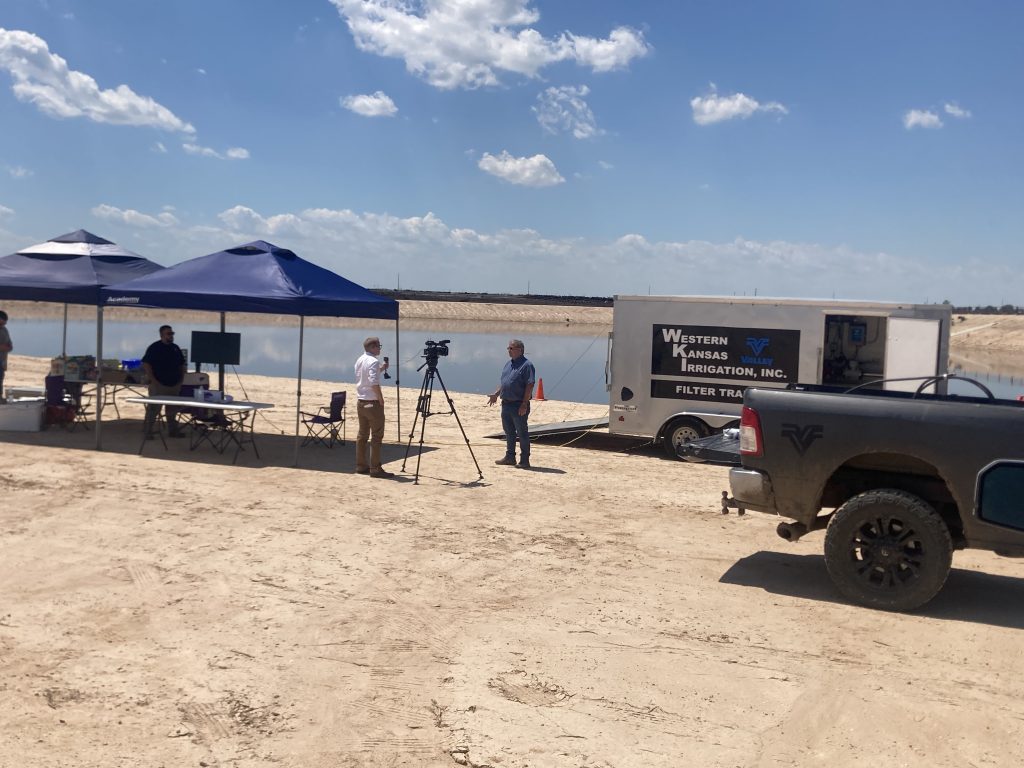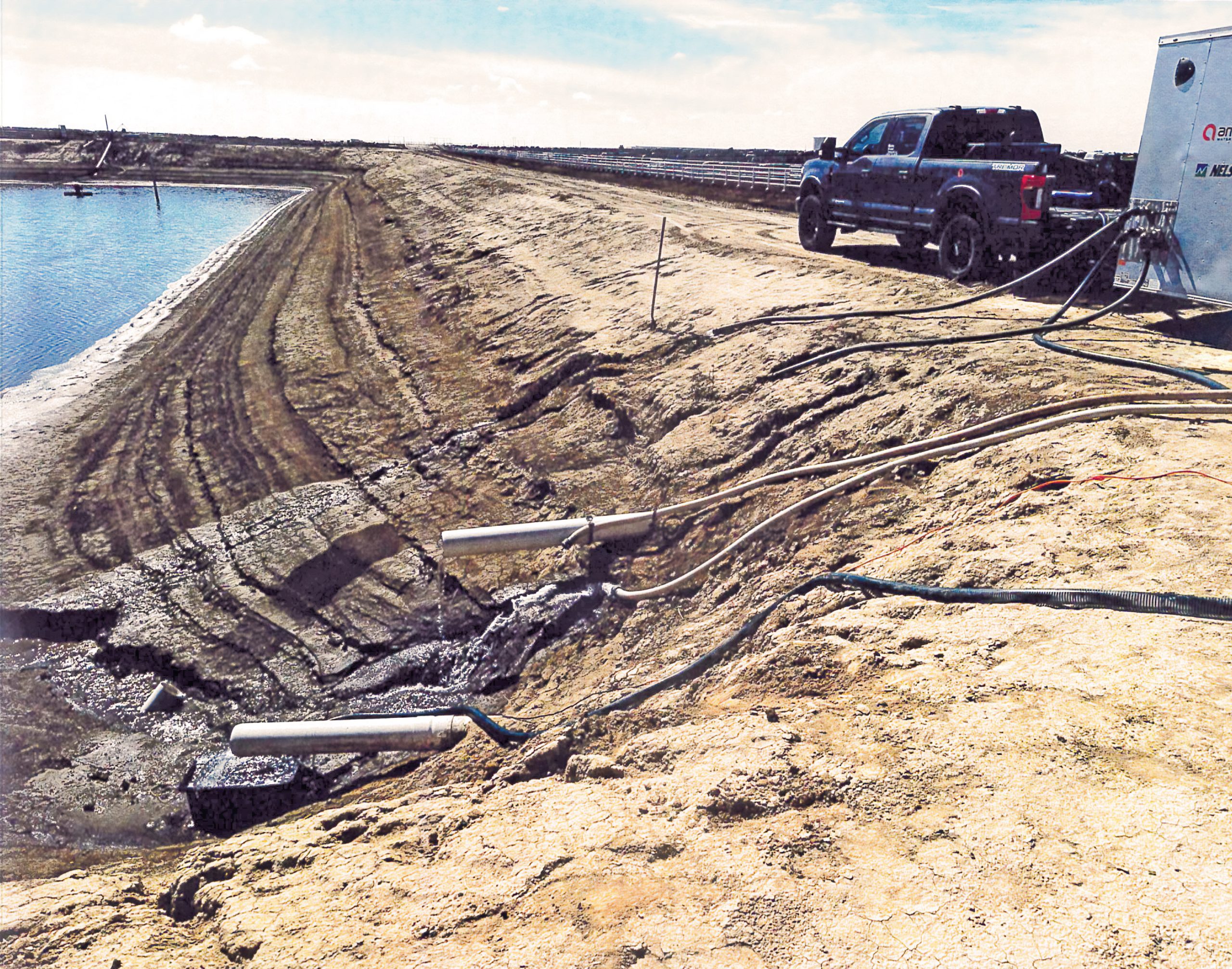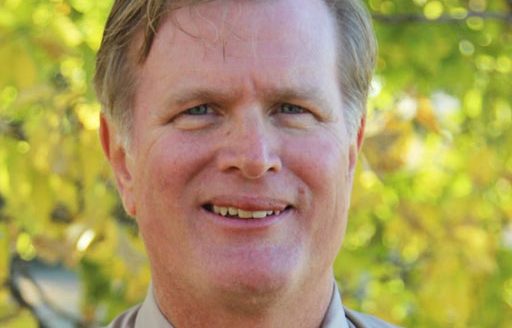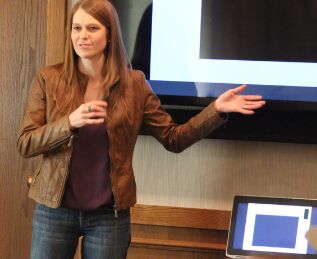Finding ways to extend the economic viability of the Ogallala Aquifer is a regular topic among farmers who ask what can be done in a practical manner.
Those answers are not going to be one size fits all.
Susan Metzger, director of the Kansas Water Institute at Kansas State University, said multiple entities have all been working to extend the life of the vast underground reservoir that impacts High Plains states. One recent demonstration in July focused on feedyard water filtration and reclamation. The demonstration, which was at the Irsik and Doll Feedyard near Garden City, brought a focus on beef and dairy operations. (Pictured above is a photo from a lagoon north of Garden City, courtesy of Western Kansas Irrigation.)
A highlight was a mobile laboratory under the direction of Jas Dale, with the concentrated animal feeding operations division with Western Kansas Irrigation, Ulysses, Kansas. The mobile lab demonstrates filter and treatment processes.

Depletion of the Ogallala Aquifer has made farmers, feedyard operators and dairy operations, as well as municipalities and businesses, more aware of the need for quality water. As wells get shallower, they are more likely to have higher salinity and unwanted minerals, he said. Plus, some wells are being dug more than 700 feet underground to reach the Dakota aquifer, which is another reservoir below the Ogallala. Collectively, underground reservoirs in Kansas are known as the High Plains aquifer.
Clean water, too
Dale said water can be recycled and blended so that beef or dairy cattle have clean water for consumption. Safe water means the best opportunity for the cattle to be efficient and, even though beef and dairy cattle have different final products, the goal of the feedlot and dairy operator is to have healthy animals, he said. Healthy animals are more profitable.
Recycling water can help conserve the Ogallala, too.
Brandon Depenbusch, vice president of cattle feeding for Irsik and Doll Feed Services Inc., Cimarron, Kansas, said water reclamation is a topic gaining attention, and it offers significant benefits. The recent demonstration showcased the effectiveness of a reclamation system.
“We observed various filter types in action and the resulting product,” Depenbusch said. “While water reclamation is not a standalone solution, it is a crucial component in the journey toward a more sustainable animal agriculture. The focus of this demonstration was on reclaiming lagoon water, the drainage and runoff water from a feed yard, presenting a novel and challenging approach to feed yard water reclamation.”

Irsik and Doll is evaluating the feasibility of a water reclamation system at a couple of its locations, he said. The system would collect overflow and drainage from its livestock watering tanks, Depenbusch said. The key is to have the underground drainage infrastructure in place to route overflow water to a common spot where a centralized reclamation system could be installed.
Not all facilities were designed with water reclamation of overflow water in mind, Depenbusch added.
“The filtered and treated water, once approved for use, would be incorporated directly into the livestock water inlet lines,” he said. “It’s important to note that quality control at the water reclamation center is a top priority, ensuring all filters work properly and that the process is safe and reliable.
Seeing a project is helpful
Clayton Huseman, executive director of the feedyard division of the Kansas Livestock Association, said his organization’s interest in this effort was to help provide an opportunity for members to see the role filtration technology can play at the feedyard or dairy. Every operation is different, so the field day gave operators an opportunity to watch the technology in action, contemplate how it might benefit their operation and discuss those options and strategies with others.
“Agriculture is always looking for opportunities to do more with less,” Huseman said. “Water through a feedyard, or stormwater retained in waste management systems is already put to multiple uses. Filtration technology provides another opportunity.”
One of Dale’s messages is extending the resources of the aquifer takes a particular mindset and a collaborated effort. For cattle in a concentrated area, there is opportunity to recycle water and reuse it for animals. In the High Plains, where temperatures can exceed 100 degrees Fahrenheit, a dependable source of quality water is a necessity for beef or dairy cattle.
“As water quality unfortunately declines, we can put a system in a place to improve it and continue to use it,” he said, adding that the goal is not to return the quality to the state it was 60 years ago when no treatment was required.
His company also draws on technology designed and implemented in Israel many years ago. Israel is a global leader in using technology to improve water for human and livestock consumption.
The key to water sustainability is to get multiple uses out of every gallon of water extracted from the aquifer, Depenbusch said. Currently, all water tank overflow in feed yards is drained into a lagoon system, which can then be used to irrigate crops.
“Water reclamation is a means to create a ‘higher-valued’ use for each gallon of water tank overflow,” he said. “Reclaiming this water as drinking water would be a higher-valued use.”
Cost-effective
Cost-effectiveness is directly related to the availability of drinking water, Depenbusch said. “The ‘true’ value of water will only be fully realized when we cannot meet the cattle’s drinking requirements. We believe that we are responsible for being good stewards of the water we’ve been given.”
The highest value has to be assigned to every drop, and economics is an important consideration, Metzger said.
There is a high value assigned to beef and dairy sectors for feedlots and processors and also the crops that are needed to support those operations. Western Kansas communities and the state benefit from those sectors.
“We know that is a higher value of water when you have the opportunity to send it through beef and dairy cattle,” Metzger said.
In Finney County, the beef sector employs 11 times as many people, and there is 11 times the amount of revenue when compared to crop production, as an example, she said. Crop production is important to supporting the industry, but maximizing the beef industry makes economic sense.
The beef industry generates more than $165,000 per acre foot of water compared to $970 per acre foot of corn, Metzger said.
“It is about maximizing every drop of water,” she said. One reason for the presentation was to not only promote technology about re-use and conservation but educate people about the economics. “Are we putting the water in the places where it generates the greatest economic return for the community and the state?” she asked.
Natural link
The cattle feeding industry thrives in western Kansas, Huseman said, in large part due to the feed resources made possible by irrigation.
Cattle feeding followed the crops to western Kansas, so finding ways to produce more feed, using less water while maintaining economic viability is a priority for everyone with a vested interest in Kansas agriculture,” Huseman said.
Weston McCary, technology projects coordinator with the Kansas Water Office, said dairy and feedyards only represent 2% the water usage, but they are important to an all-protein agriculture. Each head of cattle consumes about 10 to 14 gallons a day and needs high quality drinking water.
Dale said Western Kansas Irrigation works with new technologies for center pivot and subsurface drip irrigation systems to help growers with water application, and he said there are multiple ways producers can improve their efficiency. His firm is one that seeks to help them. “We just touch a lot of water,” he said.
Putting in a water-recycling system costs about $300,000 for a typical feedlot or dairy operation, although grants may be available to offset costs.
Dale said one reason he remains bullish on the systems is that public and private entities are working together as partners to seek a long-term solution.
Metzger likened the partnerships to a clearinghouse that can incubate new ideas and a place where farmers and businesses that depend on the aquifer can go to learn more and see how it might work for them.
“The best thing is to turn to trusted neighbors and trusted resources,” Metzger said.
Depenbusch recommends that producers set up a demonstration on their operation to see how the process works.
Others who were involved in the July 9 presentation included Aimpoint Research and K-State’s Southwest Extension-Research Center.
Dave Bergmeier can be reached at 620-227-1822 or [email protected].




